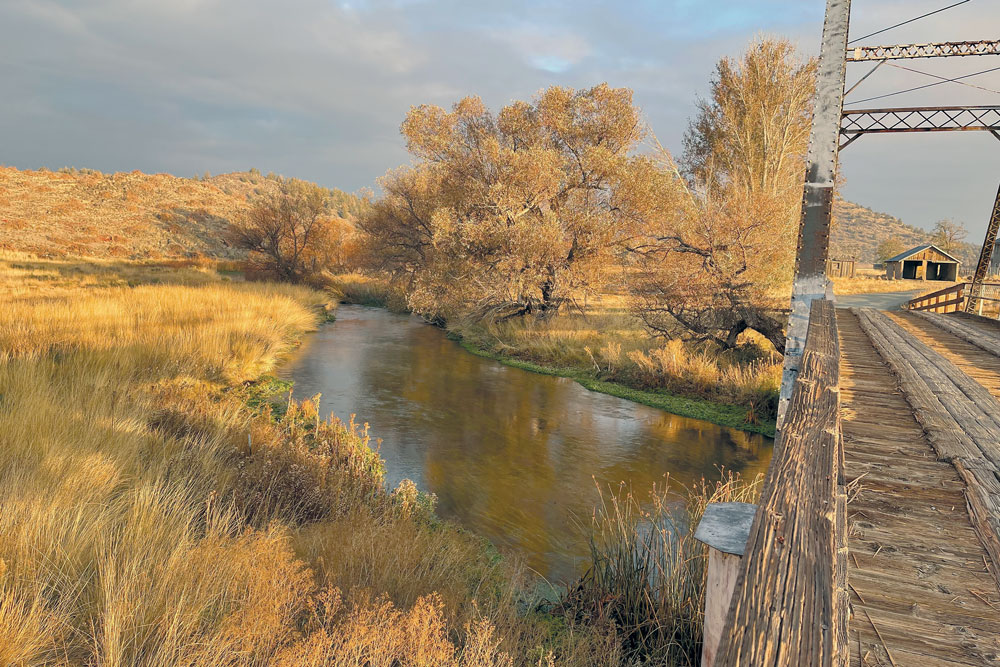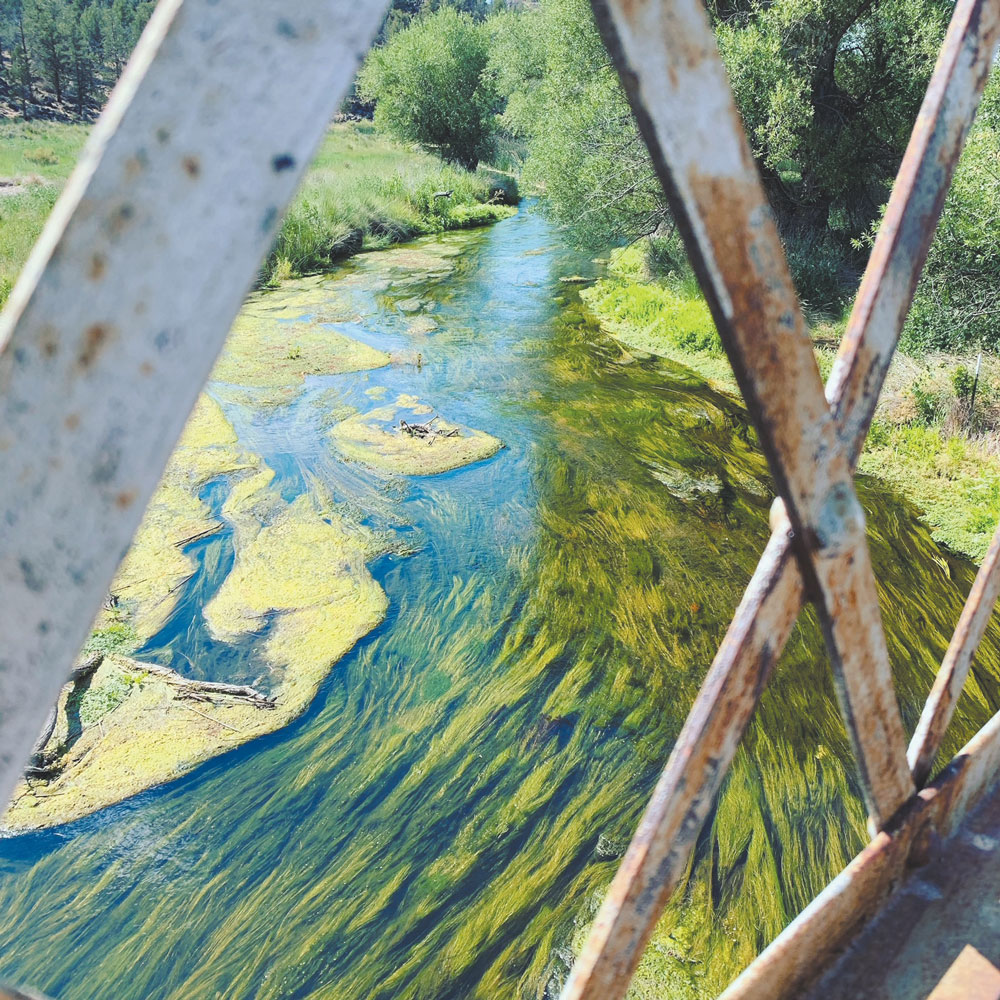Shasta River’s Safe Harbor Agreement Not Safe for Salmon

By Amber Jamieson, Water Advocacy Director, Environmental Protection Information Center (EPIC)
Earth Day is about protecting our planet!
The Pacific Northwest has been at the forefront of the environmental movement since its inception, helping to shape and enforce environmental laws. From forest defense to water wars, our community remains at the heart of efforts to protect our planet, beginning right here at home. One place that has recently benefited from activism is the Shasta River.
The Shasta was historically the most productive river for salmon in the Klamath Basin. Now, fish are struggling to survive. The water, mainly used to irrigate fields, is sometimes so low that it dries up and strands salmon. As a result of worsening drought conditions and increased water use, today Coho salmon numbers in the Shasta River are below the “depensation threshold,” or minimum population necessary for long-term survival.
Agencies, irrigators, and watershed groups are desperate to find a solution to water shortages in the Shasta, but this is challenging because drought conditions have intensified and water has been overallocated, with more water rights existing than actual water in the river. Many proposals and projects have purported to improve river conditions and fish habitat, but lower flows, higher water temperatures, and the continued decline of fisheries still plague the watershed.

(Not So) Safe Harbor Agreement
One such failure occurred when the National Marine Fisheries Service (NMFS) developed a Safe Harbor Agreement (SHA) in 2016 with ranchers, giving 14 irrigators permits to harm or harass Coho salmon in exchange for scant stewardship practices along their properties. The safe harbor agreement was submitted to the Federal Register on October 15, 2019. Many of the SHA projects were basic upgrades that most businesses would cover as operational costs, like installing more efficient sprinklers and lining ditches (which often results in more efficient dewatering of the river), and they were paid for with public funding. Also noteworthy is that one of the SHA participants who received public handouts is billionaire Red Emmerson, the largest landowner in the U.S. and founder of Sierra Pacific Industries lumber company.
In 2022, EPIC, Friends of the Shasta, and Western Environmental Law Center sued to protect Shasta River Coho, claiming that NMFS violated the Endangered Species Act by allowing water diverters to kill threatened Coho without the SHA program ever resulting in a net benefit to Coho. In August 2023, a federal judge ruled that the SHA program did violate the Endangered Species Act and directed NMFS to prepare a new biological opinion and a more thorough environmental impact statement. Now irrigators and agencies are finally being held accountable, thanks to the thoughtful, committed groups working to protect the Shasta River.
For more information: wildcalifornia.org
